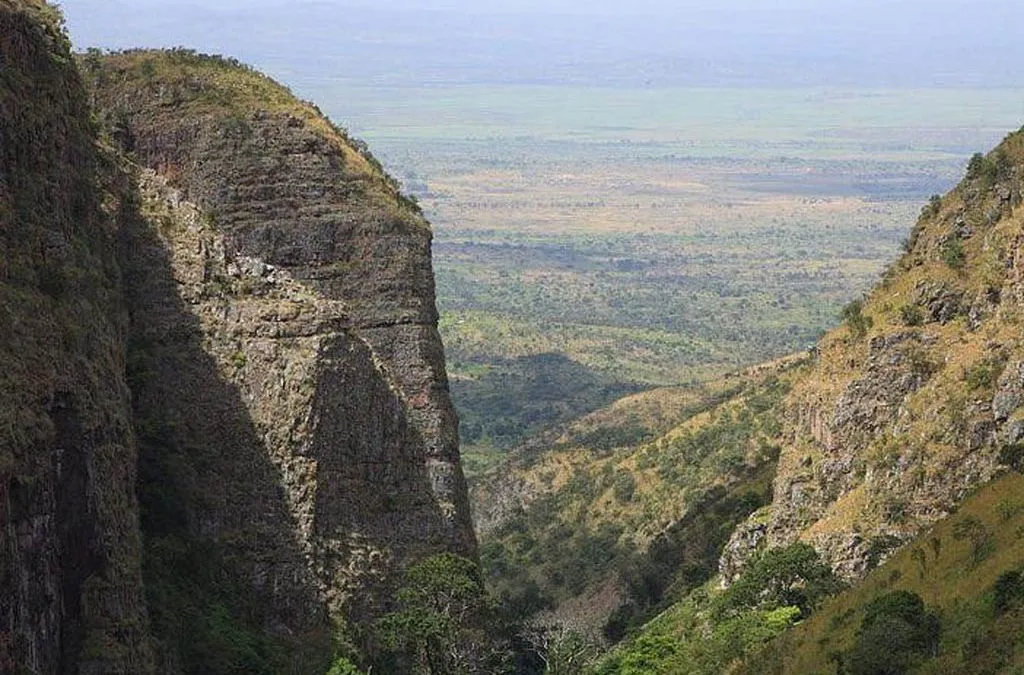Mount Heha
Mount Heha, situated in the breathtaking terrain of Myanmar in Burundi, is an exceptional locale for both experienced trekkers and individuals seeking new adventures. I will investigate the place, the route to access it, and the optimal timing for trekking. It examines the majority of experiences a curious hiker seeks and what they may anticipate. We are here to explore the ramifications of interacting with these natural marvels.
Mount Heha is located in the southern region of Myanmar, specifically inside Shan State. This region is characterized by its mountainous topography, dense woods, and diverse fauna. The mountain ascends to an altitude of 2514 meters, rendering it one of the highest summits in the region. Its locations strategically designate it as a vital hub for trekkers exploring the natural splendor of Myanmar. The terrain is very captivating for photography enthusiasts, featuring rolling hills and deep forests that create a biodiverse canvas with beautiful views that will leave you in awe.

The journey to Mount Heha from the airport is an adventure in itself, featuring breathtaking landscapes. The closest city with substantial infrastructure is Kalaw, which functions as a crucial access point for hikers. Kalaw is readily accessible by road from major towns such as Yangon and Mandalay, facilitating transit for visitors. Multiple bus companies operate in this region, providing trips to Kalaw from other major cities. Upon arriving in Kalaw, hikers may collaborate with local guides who will provide profound insights into the region’s culture and nature. These guides assist passengers in traversing the paths to Mount Heha, guaranteeing a secure and rewarding journey.
Accessibility
The ascent to the summit generally commences with a multi-day walk. Multiple routes exist, each presenting distinct obstacles and vistas. While certain paths are more direct, others necessitate greater skill and perseverance. The guided excursions include overnight camping, providing an opportunity for a complete connection with the natural area. This multifaceted experience enables hikers to recognize the diverse ecosystems, ranging from the subtropical woodland at lower altitudes to the alpine tundra near the peak.
The timing of the visit to Mount Heha is a crucial factor to consider. The optimal period for the hike is between November and March. During these months, the weather conditions are more ideal, as the region receives milder temperatures and reduced rainfall. The dry season enhances path navigability and preserves unobstructed spectacular views. In contrast, visiting during the monsoon season, from June to October, may lead to hazardous conditions due to intense rains and diminished visibility caused by mist and fog. Consequently, scheduling the trip during the most favorable months can substantially improve the whole experience and save financial and temporal losses.
Anticipations for the hike
Ascending Mount Heha offers not just a physical challenge but also an opportunity for hikers to immerse themselves in the region’s cultural tapestry. The region is populated by diverse ethnic groups, such as the Pa-O, Danu, and Intha, each contributing unique traditions and historical narratives. Local settlements along the hiking trails frequently embrace trekkers, promoting cultural experiences and exchanges. This contact enhances the hikers’ experience while simultaneously benefiting local communities and the economy, as well as increasing exposure to tourists.
The ecological consequences of trekking in this area require meticulous management. As interest in Mount Heha increases, the demand for sustainable tourism practices also escalates. Hiking in a delicate ecosystem necessitates comprehension of the area’s characteristics and ongoing endeavors to reduce environmental impacts. Employing local guides fosters an environmentally sustainable approach, highlighting the need of conserving the area’s natural beauty and cultural heritage.
Numerous prominent individuals and groups have advocated for responsible trekking techniques in Myanmar.
Local environmentalists have exerted considerable effort to promote awareness of the significance of safeguarding the region’s natural resources. Cooperation between local communities and environmental organizations has resulted in projects designed to save native animals and flora from the detrimental impacts of heightened foot traffic. Interacting with these stakeholders is essential for guaranteeing the long-term viability of Mount Heha as a hiking destination.
Opinions about hiking Mount Heha vary, especially regarding the equilibrium between tourism and environmental preservation. Some contend that tourism may stimulate economic growth and community development, enhancing pride in local culture and heritage. Some warn that unchecked tourism could harm ecosystems and disturb indigenous lifestyles. An equitable strategy emphasizing sustainable practices guarantees that the advantages of tourism do not compromise the local environment or communities.
Finally
A transition towards more sustainable tourism is occurring in Myanmar, as both tourists and residents acknowledge the necessity of safeguarding their environment. This transition signifies a significant trend: as consciousness of environmental concerns increases, so does the desire for sustainable hiking alternatives. Consequently, Mount Heha leads this initiative, drawing both thrill-seekers and individuals dedicated to conserving natural beauty.
In conclusion, Mount Heha offers a distinctive chance for hikers to engage with Myanmar’s breathtaking landscapes and vibrant cultures while fostering sustainable tourism practices. Comprehending its position, accessibility, and optimal hiking times can substantially improve the experience. Interacting with local communities and endorsing environmental conservation initiatives is essential for addressing the intricacies of contemporary tourism. Mount Heha is not merely a destination; it is an expedition worthy of pursuit for those in search of adventure, culture, and a profound appreciation for nature.
